Rare Rides: A Large, Luxurious Citron CX From 1987 (Part II)

In Part I of the Citroën CX saga, we learned how the big sedan replaced the outgoing and legendary DS. Now, let’s find out just how difficult life was for the last genuine large Citroën.
At the time of the CX’s release in ’74, Citroën found itself in considerable financial trouble. The company decided before building the CX that it needed a new production facility. Expecting big sales figures for the new flagship, the factory was designed to build all three body styles: standard fastback, the long wheelbase sedan, and the wagon. The chosen factory location was on the northern fringe of the affordable city of Paris, at Aulnay-sous-Bois. Already a bit cash-strapped, Citroën could not really afford such an expenditure to build a single model. The company was in the red.
At the time, Citroën was partnered with Fiat in an uneasy marriage of instability and spending, and the French government had had enough. Peugeot was the new arranged marriage partner, and, with failing finances, Citroën was forced into bed with the roaring lion brand by the latter half of 1974. By 1976, Peugeot owned 89.95 percent of Citroën, as the company became part of the newly formed PSA Group.
All the while, the CX was gathering a reputation for expensive running costs and a lack of build quality. The attention of Peugeot with regards to improvements in quality control was spotty. Peugeot had to bring Citroën’s bank balance into the black while simultaneously maintain separate Peugeot and Citroën vehicle lines. Additionally, Peugeot took over all operations of Chrysler Europe in 1978. That purchase netted the company yet another flagship sedan to compete against the CX and Peugeot 604: the Talbot Tagora.
Peugeot’s stress aside, there was another issue for the CX. Citroën designed its new car for sale in the American market, right around the same time the NHTSA had other ideas. In 1974, the federal entity decided to ban all passenger vehicles with a height-adjustable suspension. This restriction (on a Citroën signature) piled on top of other innovations the U.S. blocked, like directional headlamps, flush aero glass headlamp lenses, and the use of mineral oil brake fluid. Citroën was stuck — the suspension system was an integral part of the car, and the company could not engineer around it.
Enter Belgium. A determined importer in the U.S. knew there was a customer for the big Citroën. The company gave up on selling the CX to Americans back in the ’70s, even after the government repealed the ban on height-adjustable suspension in 1981.
To provide enthusiasts with cars, the importer sent new CXs to Belgium, where it hired a company to engineer them again. Crash testing was performed, emissions upgraded, bumpers replaced, and headlights reworked. With the factory suspension legal again, the Citroën badges were removed and the federalized no-badge CX was sold via catalog order at a considerable asking price. The success of the operation was questionable, with numbers reported from a few hundred to about 1,000. The CX lived on in Europe through the 1991 model year, when it was replaced by the smaller and thoroughly Peugeot-fied XM we’ve previously seen on Rare Rides.
Today’s Rare Ride is a long-wheelbase automatic model in Prestige trim, with three-speed transmission and largest 2.5-liter engine. It has dents and scratches and French car issues, but all looks relatively solid. Seems like the seller might be willing to take $5,000, per eBay listings.
[Images: seller]

Interested in lots of cars and their various historical contexts. Started writing articles for TTAC in late 2016, when my first posts were QOTDs. From there I started a few new series like Rare Rides, Buy/Drive/Burn, Abandoned History, and most recently Rare Rides Icons. Operating from a home base in Cincinnati, Ohio, a relative auto journalist dead zone. Many of my articles are prompted by something I'll see on social media that sparks my interest and causes me to research. Finding articles and information from the early days of the internet and beyond that covers the little details lost to time: trim packages, color and wheel choices, interior fabrics. Beyond those, I'm fascinated by automotive industry experiments, both failures and successes. Lately I've taken an interest in AI, and generating "what if" type images for car models long dead. Reincarnating a modern Toyota Paseo, Lincoln Mark IX, or Isuzu Trooper through a text prompt is fun. Fun to post them on Twitter too, and watch people overreact. To that end, the social media I use most is Twitter, @CoreyLewis86. I also contribute pieces for Forbes Wheels and Forbes Home.
More by Corey Lewis
Latest Car Reviews
Read moreLatest Product Reviews
Read moreRecent Comments
- Corey Lewis It's not competitive against others in the class, as my review discussed. https://www.thetruthaboutcars.com/cars/chevrolet/rental-review-the-2023-chevrolet-malibu-last-domestic-midsize-standing-44502760
- Turbo Is Black Magic My wife had one of these back in 06, did a ton of work to it… supercharger, full exhaust, full suspension.. it was a blast to drive even though it was still hilariously slow. Great for drive in nights, open the hatch fold the seats flat and just relax.Also this thing is a great example of how far we have come in crash safety even since just 2005… go look at these old crash tests now and I cringe at what a modern electric tank would do to this thing.
- MaintenanceCosts Whenever the topic of the xB comes up…Me: "The style is fun. The combination of the box shape and the aggressive detailing is very JDM."Wife: "Those are ghetto."Me: "They're smaller than a Corolla outside and have the space of a RAV4 inside."Wife: "Those are ghetto."Me: "They're kind of fun to drive with a stick."Wife: "Those are ghetto."It's one of a few cars (including its fellow box, the Ford Flex) on which we will just never see eye to eye.
- Oberkanone The alternative is a more expensive SUV. Yes, it will be missed.
- Ajla I did like this one.



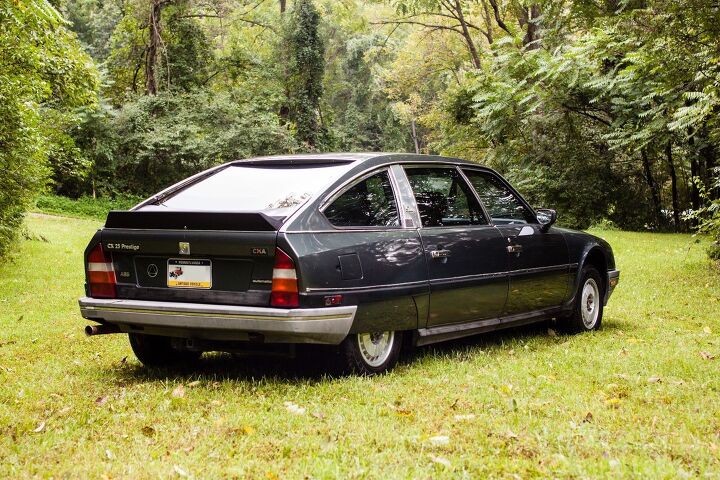



















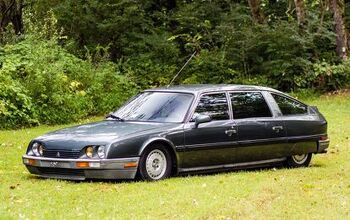
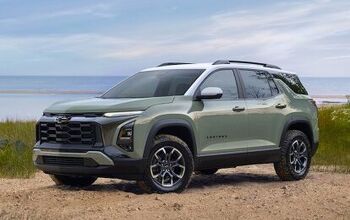
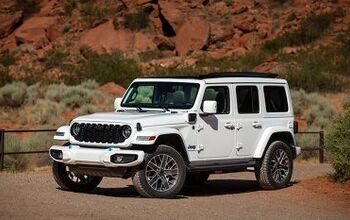
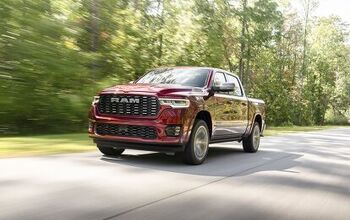
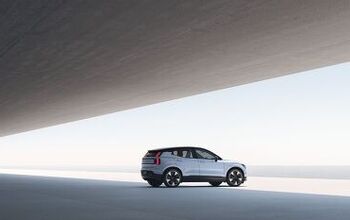
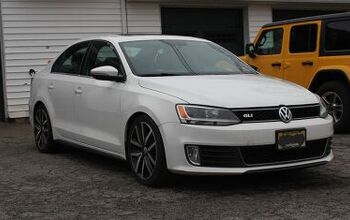
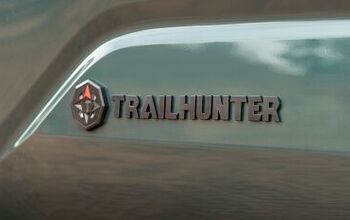


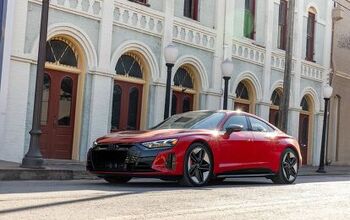
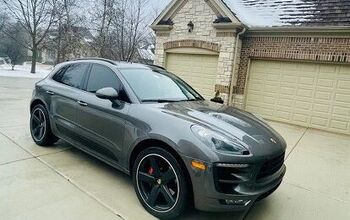
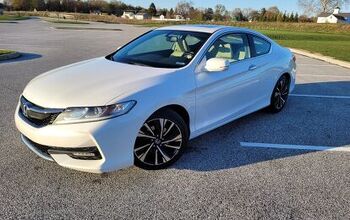
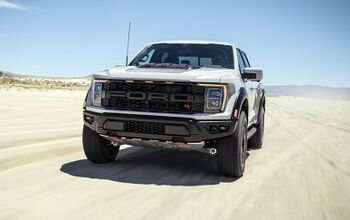

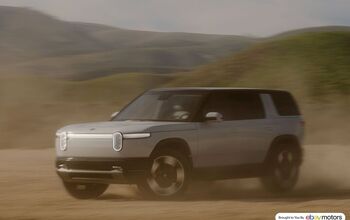
Comments
Join the conversation
I remember that the importer (CX Automotive in New Jersey) included an at-the-time top-of-the-line Clarion radio with mobile phone capability (it was mentioned in the Car and Driver road test), but this one looks to have a Technics cassette radio and graphic equalizer.
Would look better with smooth bumpers that matched the color of the body. Those bumpers are terrible.